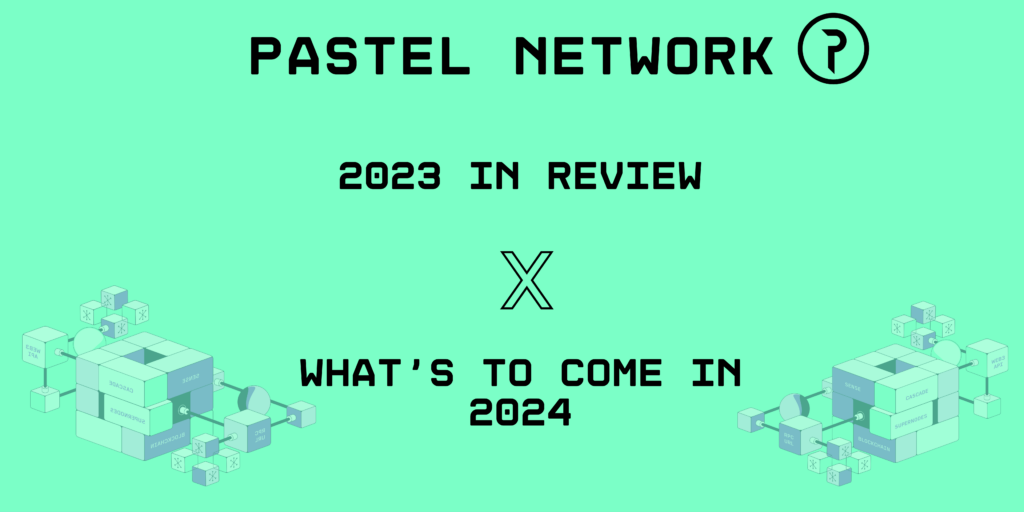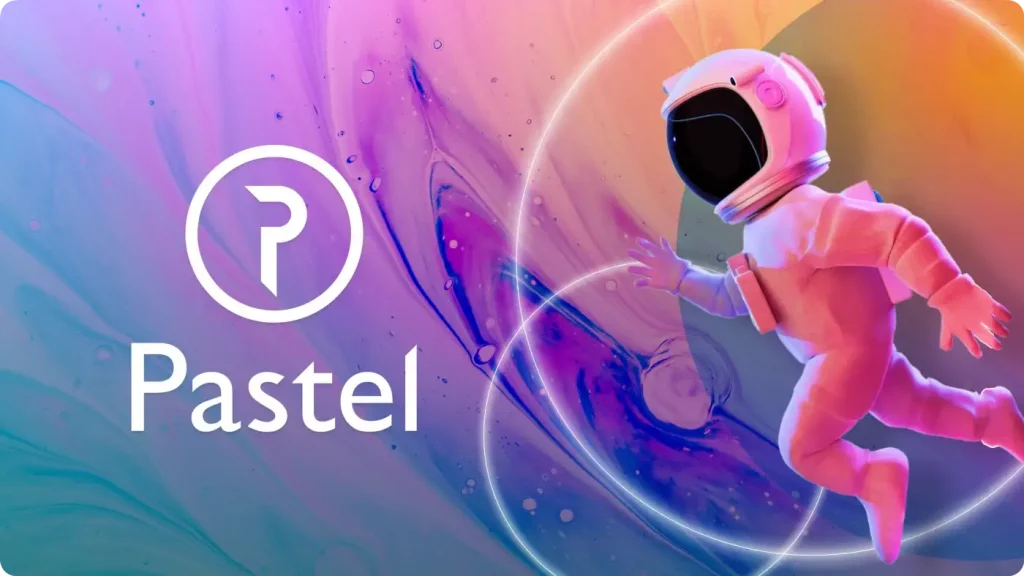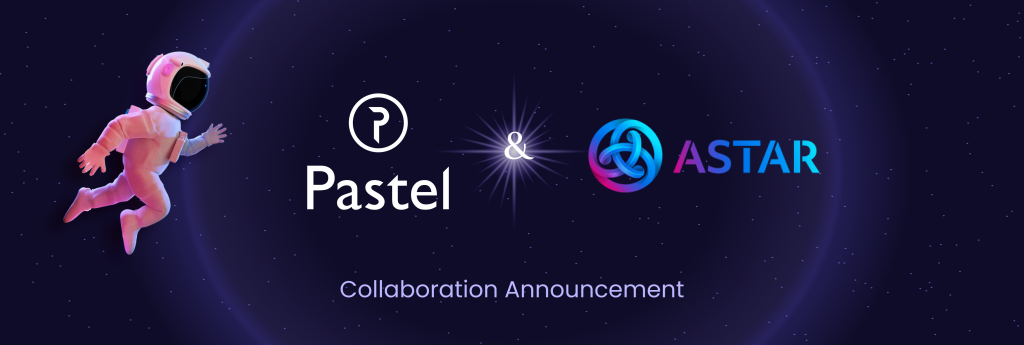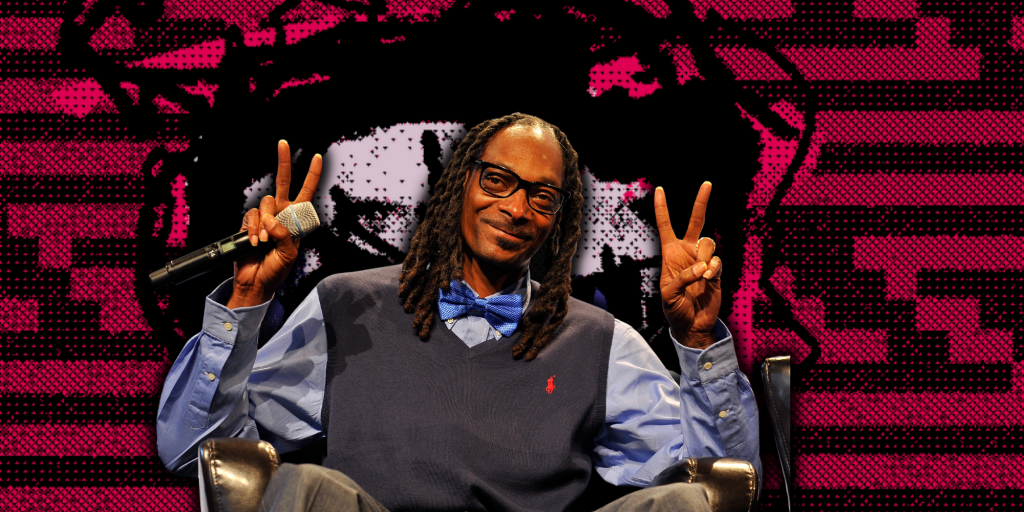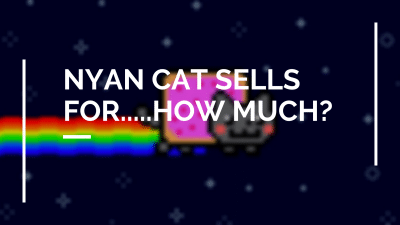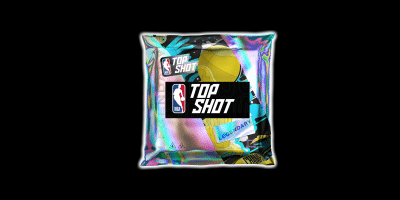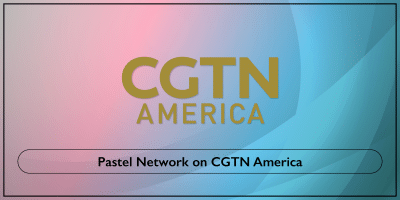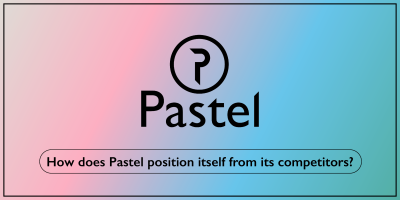We are excited to introduce to you Pastel Network — a new platform for creators and lovers of digital arts. We unlock the full potential of monetizing and owning provably rare digital arts by utilizing a fully decentralized blockchain technology. This unique Bitcoin-like protocol, built upon the core attributes of Z-Cash and Dash, enables a safe environment for digital arts exchange, while also allowing art collectors to purchase these artworks and “trustlessly†trade them among themselves without reliance on a central authority.
Background: What is wrong with the market for digital art today?
The future of digital art is a topic that has come up in recent media and the broader art world. As more and more artists make the switch to digital creation with the ever improving software available, so comes the need to monetize upon this art. Historically, however, digital art has been almost impossible to monetize. How can digital art be valued in a way similar to traditional art that is tangible when copies can be made or forged so easily? Indeed, with all of these copies, the digital artist cannot prove to collectors that they first created or uploaded the digital masterpiece. Collectors, conversely, would find little value in “owning†the original.
Addressing this dilemma is vital for digital artists and collectors alike. One just has to look at the physical art market in order to grasp the market potential of digital art. About $50 billion was spent on physical art in 2016. Even the contemporary art industry, a comparatively small niche market, is up to $2 billion a year. That being said, there are far more straightforward frames of reference when estimating the demand potential for digital art. Online art auctions are now smashing record numbers. A piece of digital art called “Picasso’s Bull†sold for a record breaking $55,555. Shortly after, “Right Place & Right Time,†a digital art piece based on Bitcoin’s fluctuating price action, sold for over $100,000. These are indeed very promising numbers.
Clearly, there is a real potential for the digital art market. It is also obvious, however, that in order to promote this market, one must ensure the value of digital art, so that artists can appropriately value their work, and buyers can prove their original ownership. The digital arts market needs a reliable platform where digital artists and collectors can exchange their works in a secure way.
The solution: Pastel Network
Pastel Network has created a decentralized system that allows for artists to upload provably rare artworks, while providing assurance to collectors that artworks cannot be copied and resold on the network.
So how does it work? Artists can keep their intellectual property secure, and buyers too are ensured that the artwork is original via a Pastel ID. Each user is required to create this Pastel ID to access the network. The ID is made of a private key and a public ID that can be connected to the public accounts of the artist, such as Instagram and a portfolio website, to further prove authenticity. The artist stipulates the number of copies available when artworks are uploaded to the network, and the system generates a unique “ticket†and data file which records their specifications, including the hash file in the actual image of the artwork. This file is “signed†with the artist’s private key, using the QR code. When the artwork is approved by the network, collectors are free to buy and sell! The native PSL token is at the heart of the registration and trading mechanism of art on the Pastel blockchain network. In doing so, Pastel resolves the issues of legitimacy and ownership previously faced by the digital art industry.
The platform essentially eliminates the need for intermediaries, such as appraisers, while producing a highly liquid market. Pastel.Network can help the digital artist and collector hold a lot more of the value of the art by minimizing the inefficiencies that occur in the physical artwork industry. This presents a unique opportunity In the case of conventional artists, who reside in expensive cities such as New York and Paris and network with the right people, digital artists from all over the world can now exhibit their arts on a single platform.
That’s Pastel Network in a nutshell. In our follow-up Medium article, we will go more in-depth about why we are confident that Pastel Network is the best blockchain solution for digital arts. As the works of Picasso and Bitcoin proved, the use of a blockchain or distributed ledger as a digital art register has already been tried and tested, and now, it will be revolutionized.
We are also the first to show some special characteristics never before seen:
- True decentralization and trustlessness
- Our innovative file storage system
- Our revolutionizing near-duplicate image detection software!
We believe these features will provide the digital arts world the platform it has been waiting for for so long!
About Pastel Network
Pastel is an open-source, decentralized system allowing artists to register “provably rare†assets on a Bitcoin-like blockchain, while also allowing art collectors to purchase these artworks and “trustlessly†trade them among themselves without reliance on a central authority. The mission of the team is to develop the underlying infrastructure for a fully decentralized digital art platform, to better democratize the digital art world. The team behind Pastel Network is made up of an entrepreneurial team of developers, marketers and fund managers. With 2 years of development, Pastel has built a secure system, attributes of Z-Cash and Dash, that is able to identify network participants — artists, collectors, and Masternode operators — across all interactions. This attribute is essential for having a functional reputation tracking system and for detecting and mitigating hostile behavior by malicious users.
If you have comments or suggestions, feel free to contact the team.
Want to learn more about Pastel Network? Join the community via the channels below!
